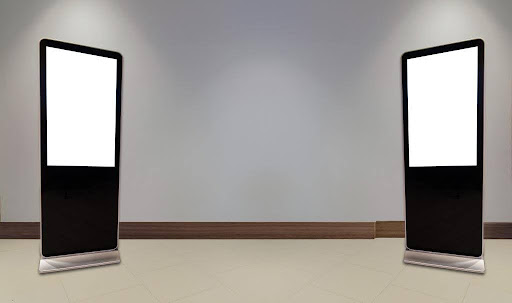Are you considering installing a pallet racking storage system in your warehouse or facility but have no clue where to start? Putting up one requires you to consider your facility’s needs and fulfillment processes, factoring in your product and customers. That means you have to consider your inventory and order flow to ensure that the pallet racking storage system you pick fits your operational needs. To ensure that what you install is ideal for your business, below are Five Tips To Setting Up The Ideal Pallet Racking Storage System.
- Pallet Size And Type
You must account for the pallet type and size, considering the material, weight, and dimension. Nevertheless, the industrial-recommended pallet size is 40” X 48” – a universal fit for many racking systems in most warehouses. The pallet size and type often govern the rack depth (upright height), but you must also consider the palletized goods you will store on the racking system. Other factors worth noting include the fragility of the items to determine if they should be stacked, the environmental conditions specific for the products, and if they have an expiration (are date-sensitive).
- Inventory Retrieval Order: FIFO vs. LIFO
You should determine if your inventory retrieval will utilize FIFO (First-In-First-Out) or LIFO (Last-In-First-Out). If your goods are date-sensitive, as is the case with perishable products, then a LIFO model is the ideal pallet racking storage system. A FIFO model is perfect if you are dealing with non-perishables. However, either model can work depending on your type of operation, but you also should consult your accountant to help you make the right choice for seamless inventory and bookkeeping.
- Building Structure And Storage Environment
It would be best to consider the warehouse or facility’s structural planning when creating the pallet racking storage system. Things such as the dock doors’ size and location, the overall space available, the interior height from the floor to the ceiling, and the column spacing are all issues you must include in your decision making. For assurance and your safety, you can ask for help at Alternative Storage about this matter.
Furthermore, the storage environment your goods need will influence the type of pallet racking system to install. Do you need a facility with a controlled temperature? Do your products need to be in a cooler or freezer (cold environment) or an ambient setting that does not require a particular temperature?
Your products’ storage needs will also determine how your workers run operations. For instance, a lengthy installation is not ideal if your facility is a massive freezer because the employees cannot be there for extended periods.
- Material Handling Equipment in Your Facility
The material handling equipment you will use, be it man-up order picker, lift-truck, or forklift, cannot be overlooked. You should consider the equipment’s size and operational needs to determine the aisle width and racking rows you will create when setting up the pallet racking system. You also will have to consider any future equipment upgrades you might make to avoid re-designing the racking system to accommodate the new machinery.
- Safety Is Paramount
Lastly, whatever pallet racking storage system you pick must meet the recommended safety standards. That means the system’s design should account for workers’ safety by ensuring adequate pedestrian zones situated away from the forklift or lift-truck paths. The racking system should be structurally sound, and ease of repair or replacements must also be factored into your choice. You do not want to use the wrong beams for creating the racks to discover later they bend, buckle, and fracture under the weight of your goods. Moreover, settle for a racking system that allows the pallets to breathe, especially if you are working with perishables.




